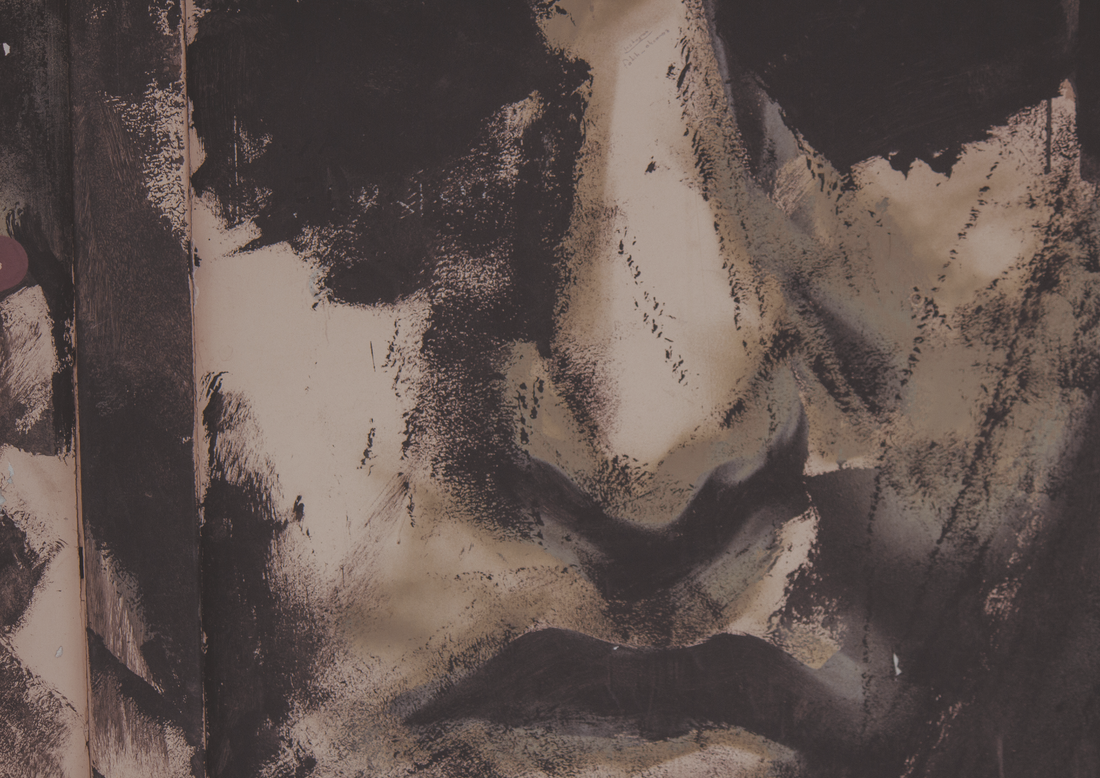
The Rise of Analogue Living: A Creative Rebellion Against AI
As artificial intelligence becomes more embedded in our lives, from writing our emails to generating our artwork, a quiet rebellion is brewing. People are beginning to ask: What’s left that feels real? What can I trust was made by human hands?
A colleague recently introduced me to the term analogue living, a growing movement that celebrates the slow, the tactile, the imperfect, and the intentionally human. Far from being a rejection of technology altogether, this is a cultural recalibration. A way to remember that not everything needs to be efficient, infinite, or optimized by an algorithm.
Cultural Cycles Always Swing Back
Throughout history, major technological advances have triggered their own backlash. The industrial revolution sparked the Arts and Crafts movement. The digital music era brought back vinyl. The rise of fast food led to slow food. Now, as AI floods our screens and feeds, people are turning toward what feels grounding, imperfect, and real.
We’re beginning to see a deeper appreciation for:
- Handwritten notes over typed texts
- Tactile crafts over digital perfection
- Art with fingerprints and brushstrokes over flawless AI renderings
In short: we are craving the human touch.
Human Creativity as Resistance
Art has always been more than just aesthetic; it's an act of expression, vulnerability, and decision-making. While AI can mimic styles and generate near-endless variations, it lacks a point of view. It doesn’t wrestle with ideas. It doesn’t feel loss, joy, or contradiction.
People are starting to value creative curation more than ever:
- A vintage vase chosen carefully from a flea market
- A poem that took weeks to write and revise
- A bouquet arranged with intention, not just symmetry
We don’t just want things made by people, we want things chosen by people, with taste, with care, and with meaning.
Imperfection Is the New Luxury
AI is fast, clean, and abundant. But that abundance is exactly what makes it feel cheap. By contrast, human-made objects are finite. They take time. They carry flaws, signatures, and stories.
Owning or making something analogue will increasingly feel like a quiet luxury, not because it’s expensive, but because it’s rare, personal, and irreplaceable.
Burnout, Screens, and the Need to Rebalance
Let’s be honest: many of us are feeling exhausted by the algorithmic noise. Feeds filled with AI-generated content. News written by bots. Art that looks beautiful but feels strangely hollow.
Analogue living is an antidote to that burnout. It invites slowness, presence, and physicality. It's the difference between watching a timelapse of a sunset and actually sitting through one.
This movement isn’t anti-technology, it’s about rebalancing. Using digital tools when needed, but anchoring daily life in real textures, honest effort, and mindful choices.
As AI continues to create more content than any human could consume, what will rise in value isn’t quantity, but discernment. The ability to choose, curate, and care will become a defining creative skill.
Artists, designers, florists, collectors, writers, those who filter, frame, and shape human experiences, will be more essential than ever.
The Bottom Line
The rise of AI is not the end of human creativity...it’s a call to elevate it.
Analogue living, handcrafted goods, and curated beauty are part of a growing desire to feel something real. This is not nostalgia. It’s not resistance for the sake of it. It’s a choice to slow down, to savour, and to make meaning in a world that often moves too fast.
Whether you’re an artist, a collector, or someone just trying to live a little more intentionally, know this: the imperfect, the slow, and the human are making a comeback. And they’re more powerful than ever.
P.S, The irony isn’t lost on me that AI helped finesse this post. But the time saved in this instance let me work on some art, spend time outside, and notice the tiny details that fuel my creativity. I don’t think we’re escaping AI now, but I do think we’re learning how to find balance.
